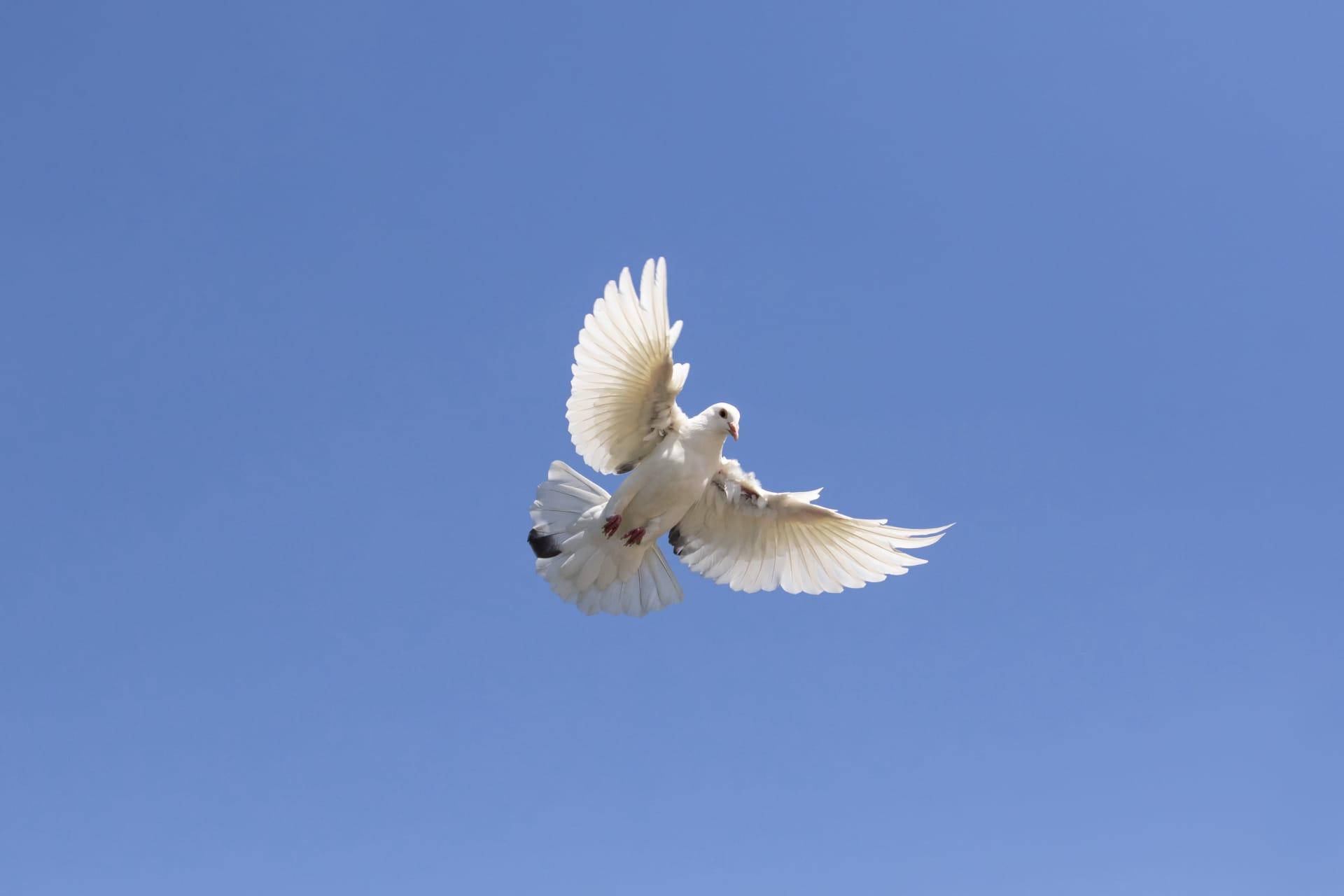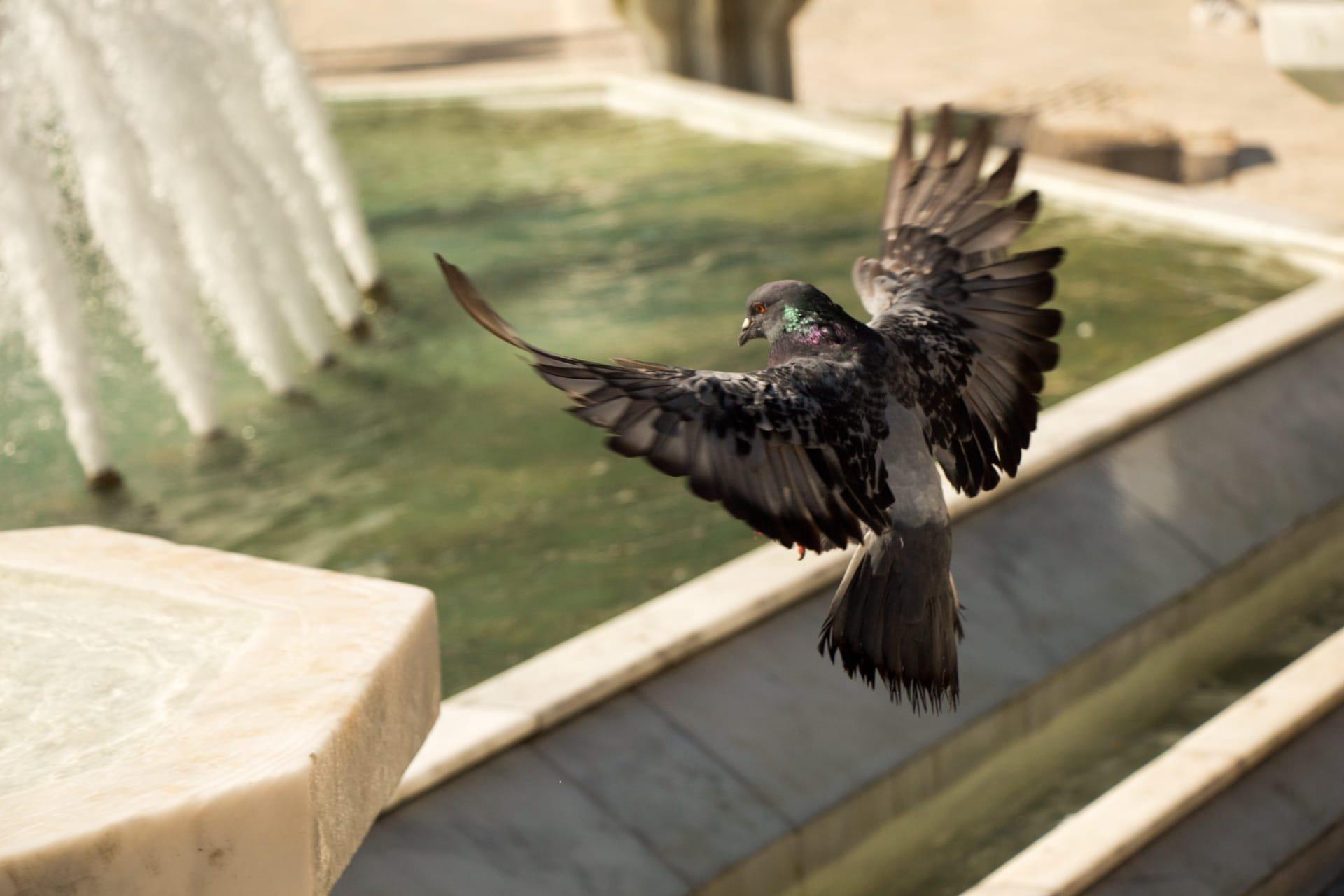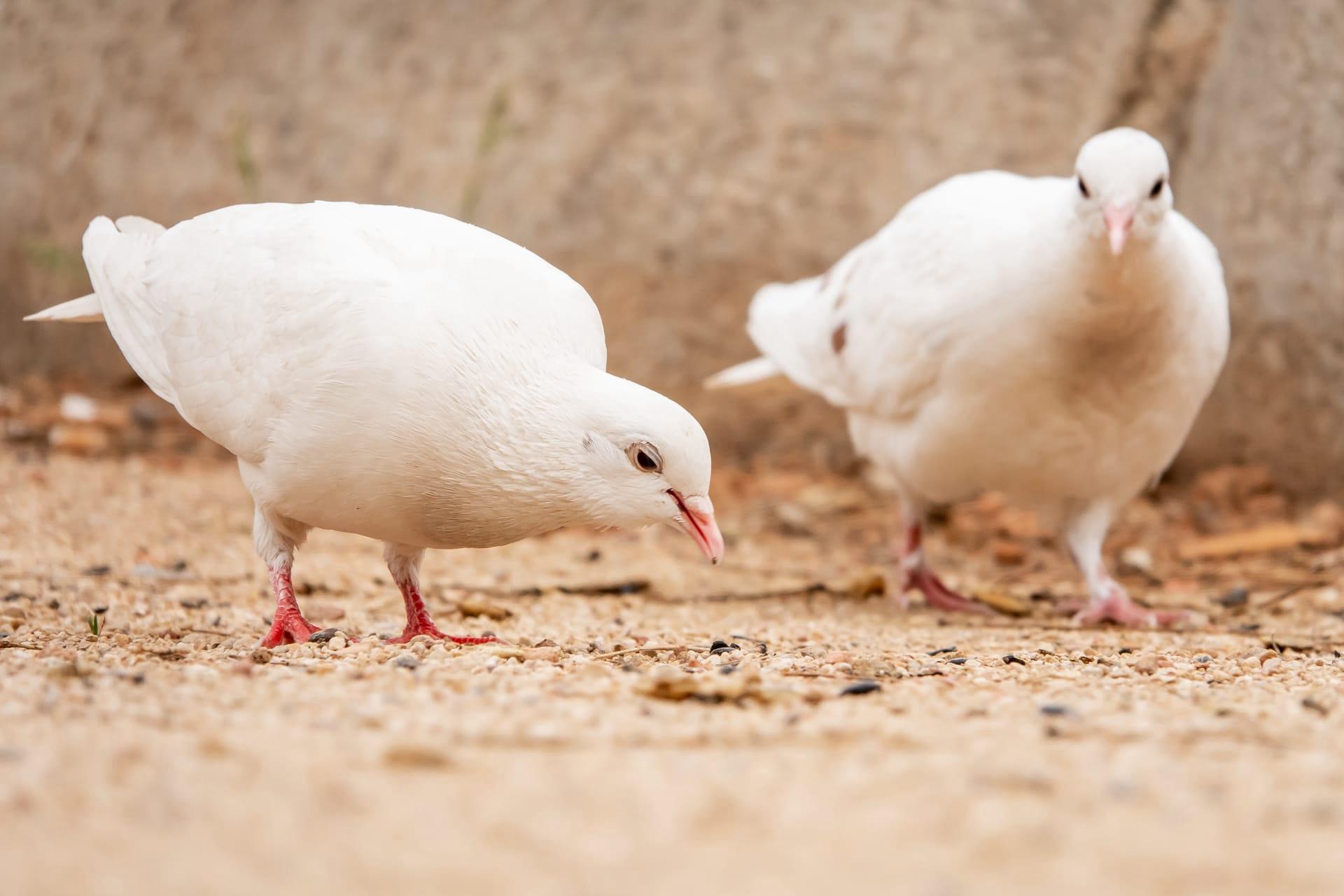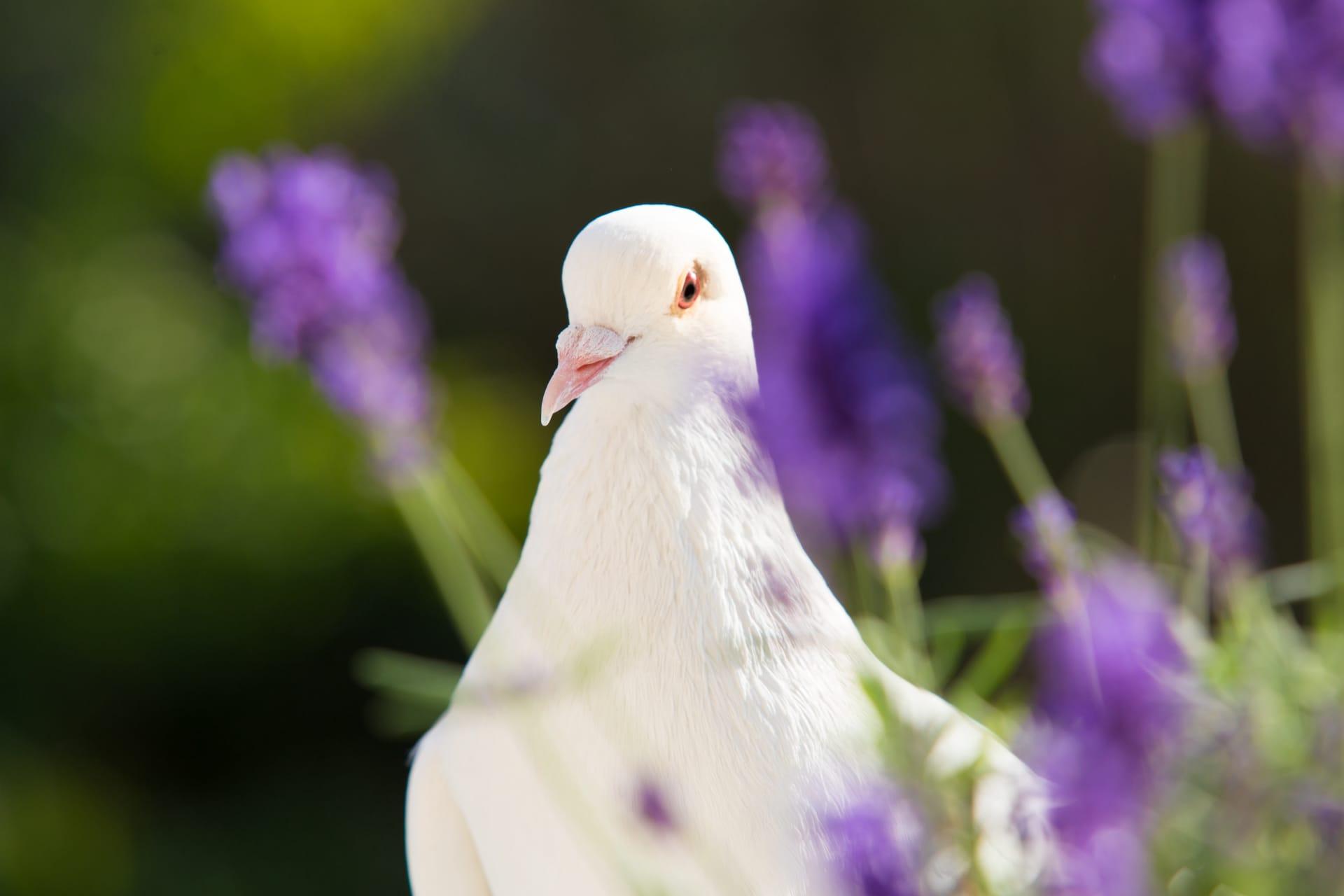Pigeon Trivia
- Home /
- Trivia Question /
- Animal /
- Pigeon Trivia
1
Question: How fast can a pigeon fly and for how long?
Answer: Pigeons are impressive flyers, capable of reaching speeds up to 60 miles per hour (97 km/h). They can sustain this for about 600 miles (965 kilometers), making them one of the most enduring bird species in terms of flight stamina and speed.
Question: What is the visual capacity of a pigeon?
Answer: Pigeons have remarkable vision. Their eyes can process nearly 75 images per second (humans can only process about 16 to 20), allowing them to see ultra-fast movements. They have a 340-degree field of view and can see ultraviolet light, which is invisible to humans.

2
Question: Do pigeons really have a natural 'GPS' system?
Answer: Pigeons possess an extraordinary sense of direction and navigation. They use Earth's magnetic field, sun position, and landmarks to navigate. Research suggests they may even use infrasound (low-frequency sounds) and odors to find their way.
Question: Are pigeons dirty and disease-carrying birds?
Answer: Contrary to popular belief, pigeons are not inherently dirty or disease-ridden. They are as clean as other wild birds and only appear dirtier because they often live in urban environments. While they can carry diseases, the risk to humans is minimal with proper hygiene and urban management.

3
Question: Can pigeons recognize human faces?
Answer: Yes, pigeons can recognize individual human faces. Studies have shown they can distinguish between familiar and unfamiliar people, and can even be trained to identify photographs of individuals.
Question: How do pigeons contribute to the ecosystem?
Answer: Pigeons play a vital role in urban ecosystems. They help in seed dispersal, which aids in plant propagation. Additionally, they serve as food for predators like hawks and falcons, contributing to the biodiversity and balance of urban wildlife.

4
Question: What is the lifespan of a pigeon in the wild?
Answer: In the wild, pigeons have a relatively short lifespan, averaging around 3 to 5 years. However, in protected environments like cities or when kept as pets, they can live up to 15 years.
Question: How do pigeons communicate with each other?
Answer: Pigeons communicate through a variety of vocalizations and body languages. They coo, grunt, and use different postures to signal various behaviors, such as courtship or aggression. Pigeons also use wing clapping and tail dragging as part of their communication repertoire.

5
Question: What are the different types of pigeon breeds?
Answer: There are over 300 different pigeon breeds, varying in size, color, and shape. Some popular breeds include the Racing Homer, known for its speed and homing ability; the Fantail, recognized for its fan-shaped tail; and the Tumbler, famed for its unique aerial acrobatics.
Question: How do pigeons impact urban environments?
Answer: Pigeons, often considered urban wildlife, impact cities in several ways. Positively, they contribute to urban biodiversity and offer opportunities for people to interact with nature. Negatively, their droppings can damage buildings and monuments, and their nesting can clog drains and gutters. Proper urban wildlife management can mitigate these negative impacts.